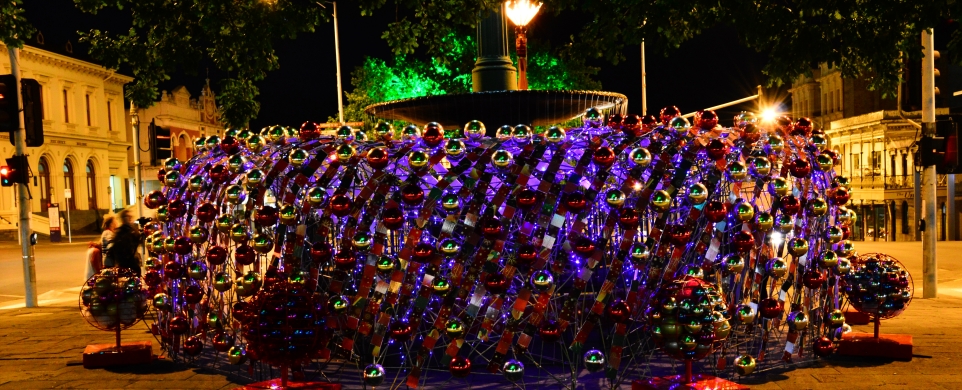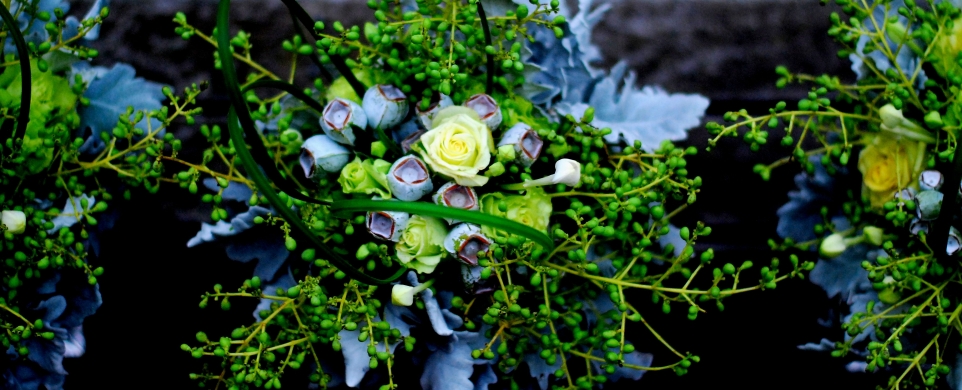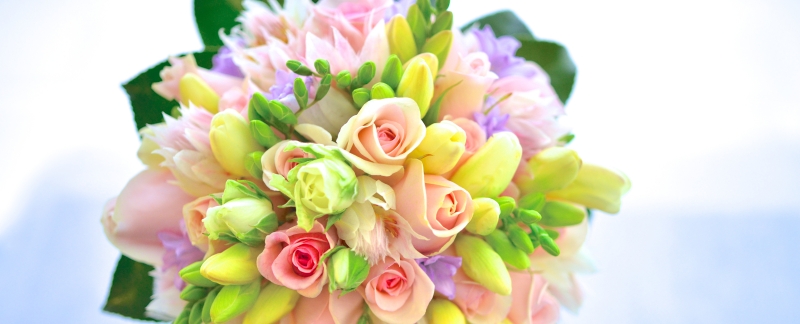23 October 2019: RMIT Japanese Aesthetics. http://bit.ly/JapaneseAesthetics
30 October 2019: Roku Gin Suntory Product Launch, Crown Hotel. Shoso will present an ikebana performance.
30 October 2019: Ikebana Installation for Koko Japanese Restaurant, Crown Hotel.
16 November 2019: Wa Melbourne Ikebana Festival Committee Meeting
18 November 2019: Sogetsu Victoria branch workshop
19 & 20 September 2020: Wa Melbourne Ikebana Festival. https://waikebana.blogspot.com/
20 September 2020: Ikebana Performance with Paul Grabowsky at Melbourne Recital Centre
https://www.shoso.com.au
https://www.facebook.com/ikebanaaustralia































